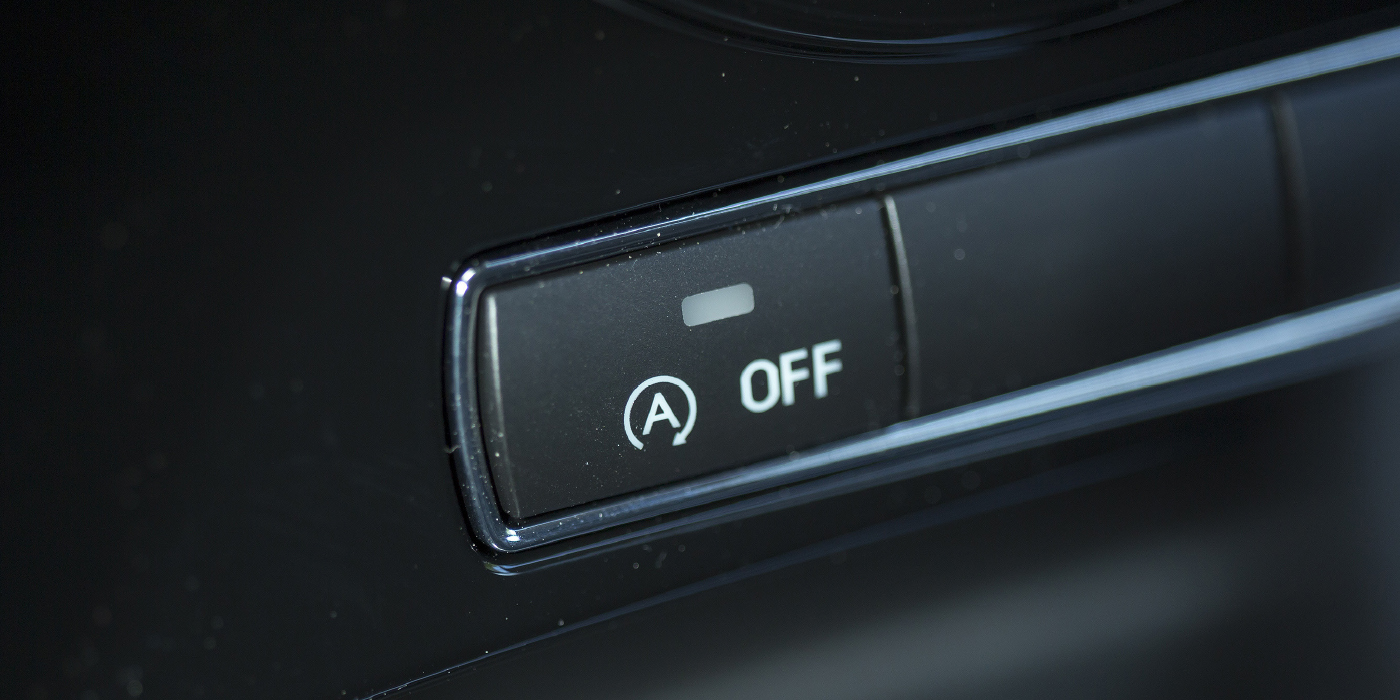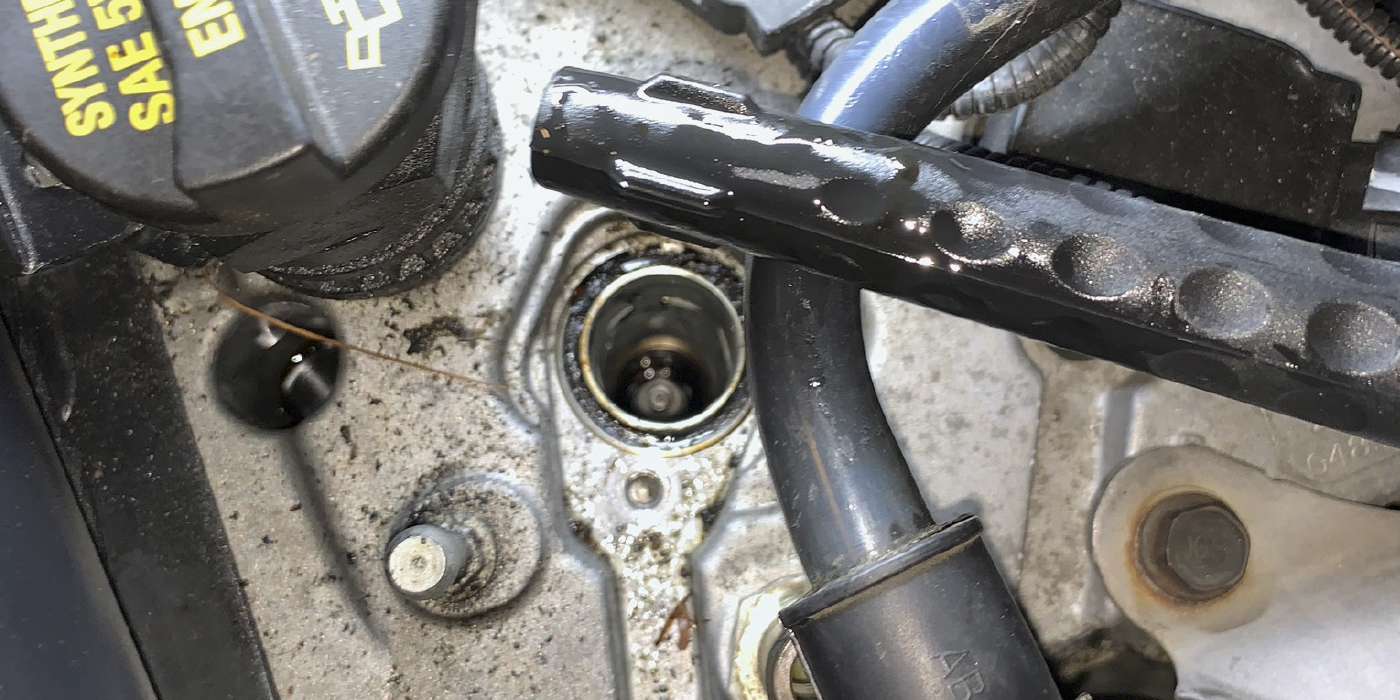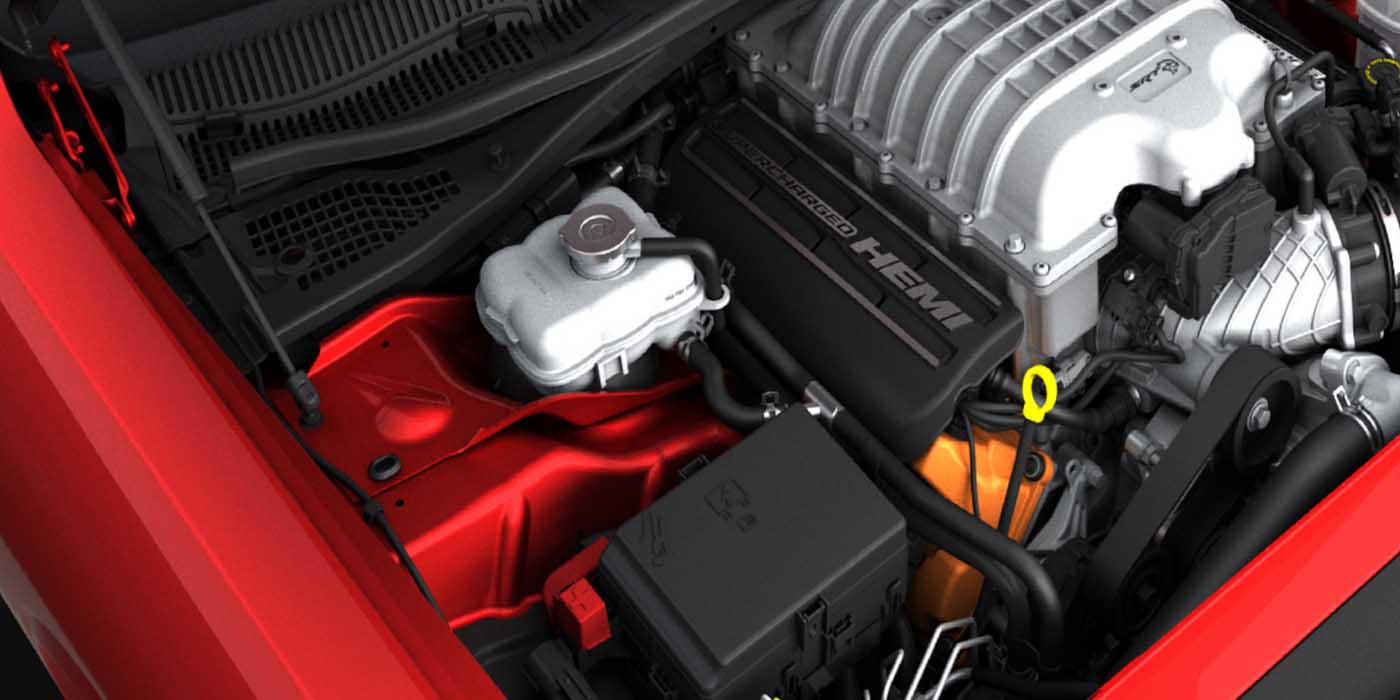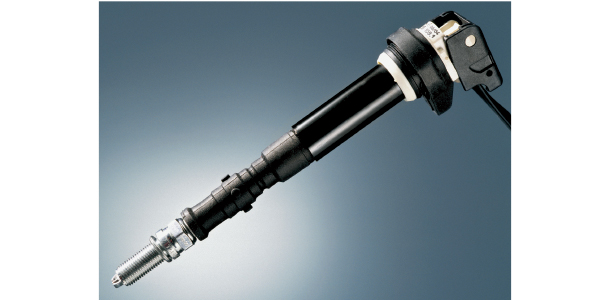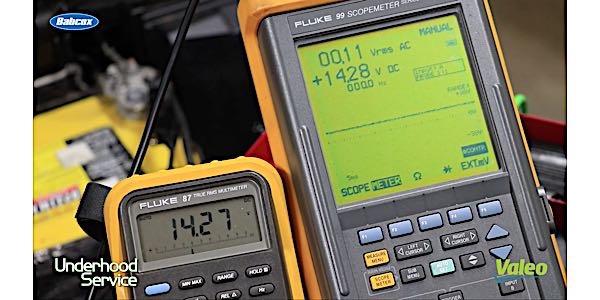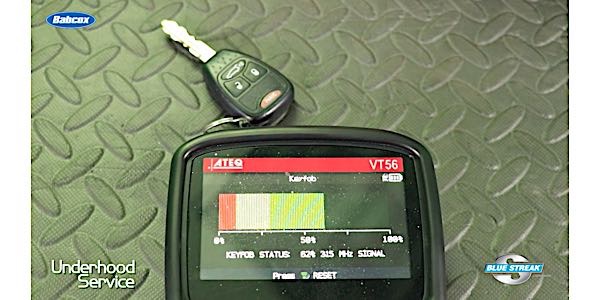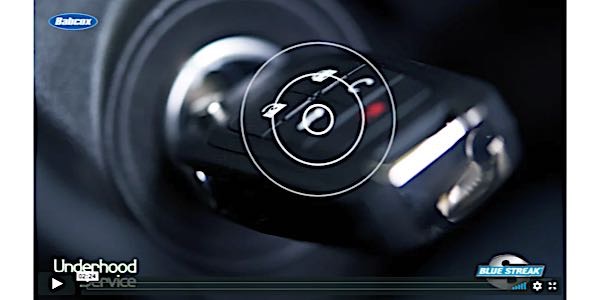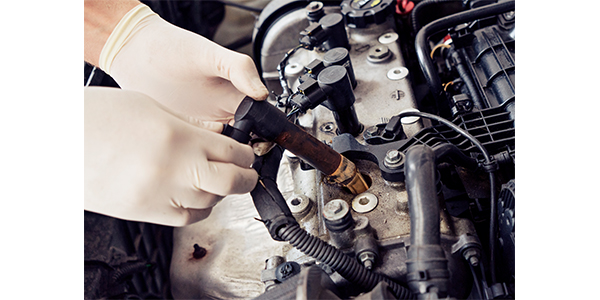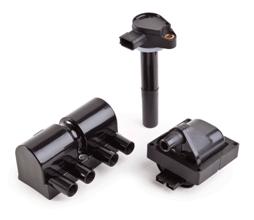 Delphi Product & Service Solutions has added 12 new ignition coils to its engine management portfolio, covering nearly 7 million GM, Nissan, Hyundai, Toyota, Chrysler and Volkswagen applications from 1986 to 2012. Part numbers include: GN10265, GN10304, GN10305, GN10341, GN10345, GN10345, GN10348, GN10349, GN103050, GN10351, GN10352 and GN10333. Delphi ignition coils are backed by a 3-year/36,000-mile warranty.
Delphi Product & Service Solutions has added 12 new ignition coils to its engine management portfolio, covering nearly 7 million GM, Nissan, Hyundai, Toyota, Chrysler and Volkswagen applications from 1986 to 2012. Part numbers include: GN10265, GN10304, GN10305, GN10341, GN10345, GN10345, GN10348, GN10349, GN103050, GN10351, GN10352 and GN10333. Delphi ignition coils are backed by a 3-year/36,000-mile warranty.
Delphi states that it backs up its innovative ignition coil design with intelligent manufacturing and uses a winding process technique to control the length of wire between adjacent windings. More length results in greater voltage differences, which can create more pressure that could break down the insulation and wire coating, according to Delphi.
Delphi adds that it has analyzed the environment that ignition coils must withstand and is combating failure issues with high-quality design and materials, including high-quality wires and wire coating that resist the cracks, pin holes and imperfections that most often lead to failure issues. Delphi also uses an epoxy vacuum technique to reduce air bubbles in the epoxy, because having fewer air bubbles increases the epoxy’s insulation quality and reduces the chances of energy punch-through failures.
Inventory will be available throughout the third quarter, dependent on the part number. Visit go.delphi.com for specific part information.


